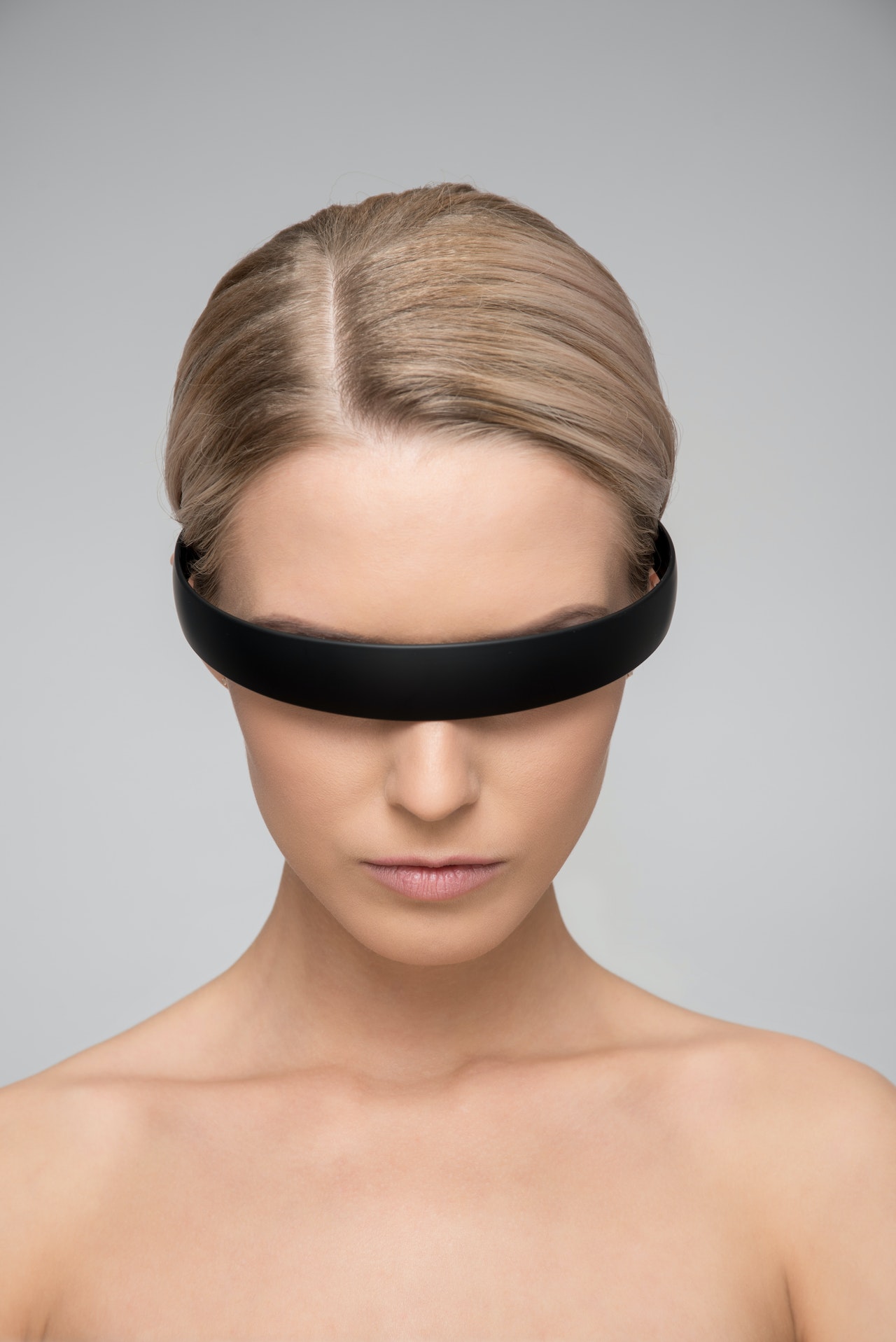In the realm of Virtual Reality (VR) and Augmented Reality (AR), the dream of interactive, immersive digital spaces seems tantalizingly close, yet so far away. The key to unlocking this new frontier lies not only in hardware advancements but also in creative applications that take full advantage of these technologies.
Apple, a tech giant known for pushing the boundaries of user experiences, has been rumored to venture into this space with an AR/VR headset. However, the current discourse indicates a mixture of excitement and skepticism. Here are the crucial aspects to consider:
- Beyond Gaming – Exploring New ApplicationsGaming has been a compelling use case for VR, but the potential applications are far broader. Imagine draping or pattern making in a 3D space, or even more practical applications like AR walking directions. We’re already seeing a hint of this with products like Gravity Sketch and Apple’s ARKit. However, we need creative software people to generate and develop more interesting and inclusive applications.
- Challenges with Developers and Gaming Despite Apple’s commendable efforts in hardware innovation, their standing in the gaming industry is comparatively weak. If a developer wants to make a game, they have to use Apple’s Metal API, while most are using Vulkan. Therefore, the overlap between VR developers and Metal API developers might be quite slim, not to mention Apple’s controversial 30% transaction cut on the platform, which strains relationships with developers.
- Reimagining Display Systems AR and VR present an opportunity to break free from the constraints of traditional display systems. The promise is to make the computer and display part of the human visual system and cognitive processing. The recently released “InReal Air Glasses” offers a glimpse into this future. But, the key question is, what happens when we are unmoored from the home office and the display systems that we are used to?
- Apple’s Compromise on AR/VRThe initial intention was to create a set of AR glasses that wouldn’t look out of place on your face while displaying an interface in your space. However, the latest updates suggest we’re getting a mixed-reality experience instead. With the camera effects from these devices, the user experience might resemble Scott Pilgrim battling the ex’s, which may not be everyone’s cup of tea.
- Hopes and Concerns for the FutureApple’s venture into this space is definitely a strong commitment to the future of AR/VR. The potential for applications beyond gaming and the reimagining of display systems are genuinely exciting. But, the concerns around developer relations and possible compromises on user experience should not be underestimated.
Whether AR/VR becomes mainstream now or in the “next wheel of reincarnation,” as phrased humorously, is yet to be seen. The journey so far, spanning over five decades, has been a challenging one, filled with both breakthroughs and stumbling blocks. The entire tech industry, alongside users, is watching eagerly for the next giant leap in this fascinating realm.













